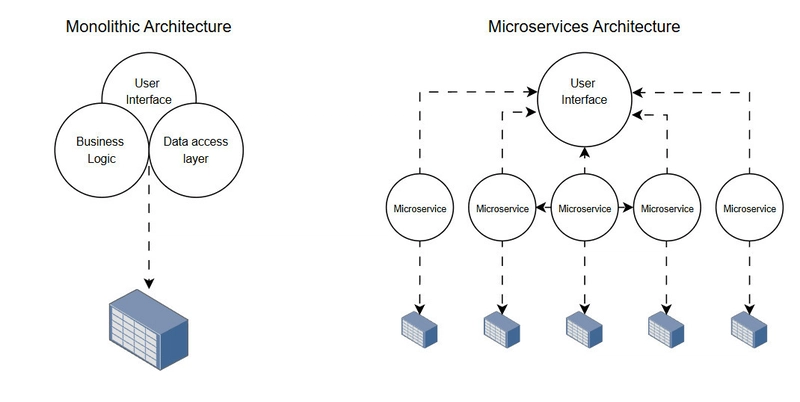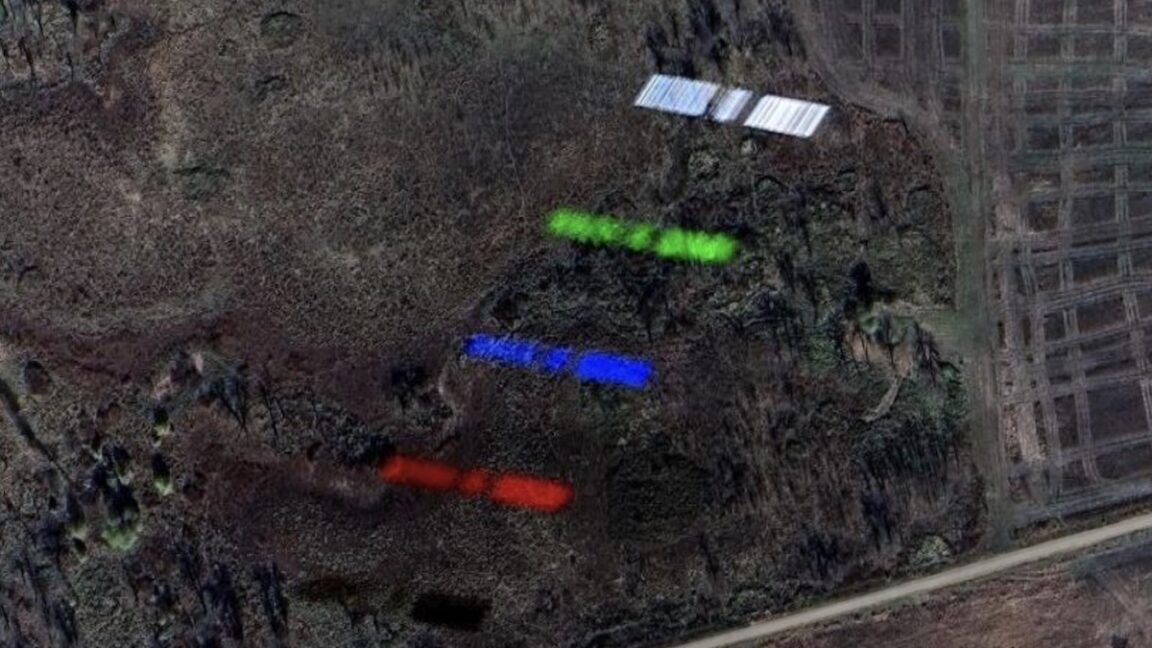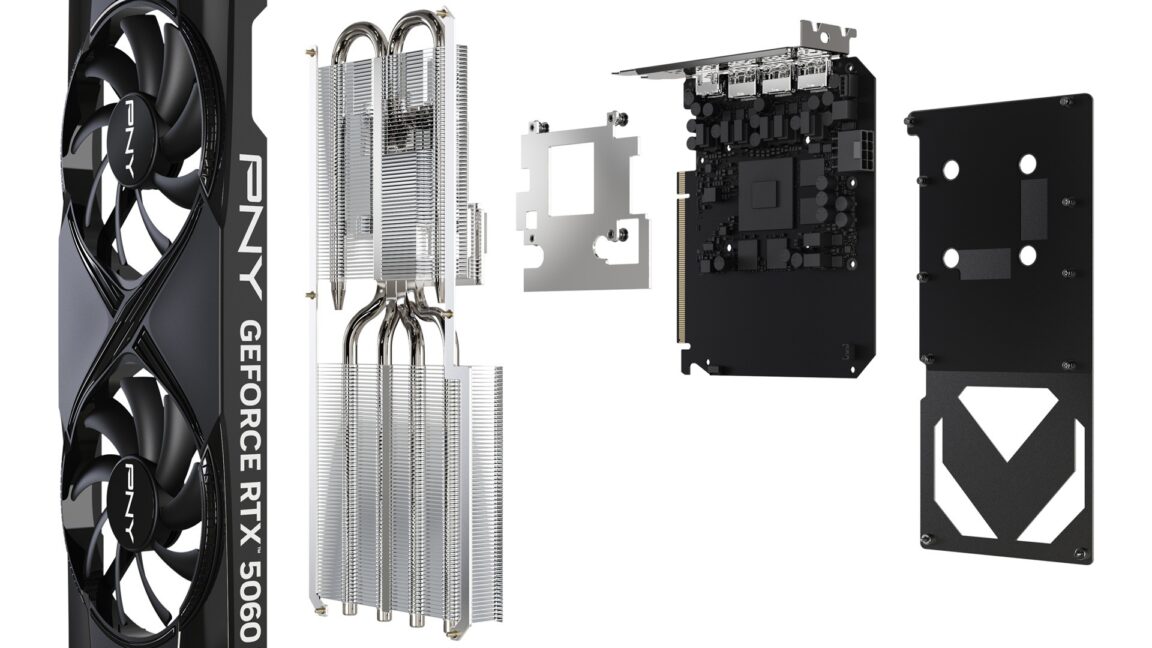Service Mesh Explained: What's a service mesh?
Hey there, super curious minds, let’s be really honest here—if you’ve been working with microservices long enough, you’ve probably hit that point where everything feels like a group project with no team lead. Services yelling at each other across the cluster, authentication scattered everywhere, observability held together by logs and prayer, and your brain quietly whispering, “This was supposed to be better than monoliths?” That’s where the idea of a service mesh sneaks in. It promises to solve a lot of those problems: better traffic control, resilience, security, observability—all packed into a neat, layered abstraction. It’s the glue between your services... or maybe the smart traffic cop, the bouncer, and the observability dashboard all rolled into one. But what exactly is a service mesh? Why is everyone in the Kubernetes ecosystem talking about it? And more importantly: do you really need one? In this article, we’ll break down the core concepts behind service meshes, including what they are, what problems they solve, and how they work under the hood. We’ll dig into control planes, data planes, proxies, and other buzzwords—but with a practical mindset (and hopefully, no tears). No YAML dumps or complex install guides here—this is the conceptual groundwork. Think of it as your first casual conversation with the service mesh world before things get serious. Now let’s get started!

Hey there, super curious minds,
let’s be really honest here—if you’ve been working with microservices long enough, you’ve probably hit that point where everything feels like a group project with no team lead. Services yelling at each other across the cluster, authentication scattered everywhere, observability held together by logs and prayer, and your brain quietly whispering, “This was supposed to be better than monoliths?”
That’s where the idea of a service mesh sneaks in. It promises to solve a lot of those problems: better traffic control, resilience, security, observability—all packed into a neat, layered abstraction. It’s the glue between your services... or maybe the smart traffic cop, the bouncer, and the observability dashboard all rolled into one.
But what exactly is a service mesh?
Why is everyone in the Kubernetes ecosystem talking about it?
And more importantly: do you really need one?
In this article, we’ll break down the core concepts behind service meshes, including what they are, what problems they solve, and how they work under the hood. We’ll dig into control planes, data planes, proxies, and other buzzwords—but with a practical mindset (and hopefully, no tears).
No YAML dumps or complex install guides here—this is the conceptual groundwork. Think of it as your first casual conversation with the service mesh world before things get serious. Now let’s get started!











































































































































































![[The AI Show Episode 144]: ChatGPT’s New Memory, Shopify CEO’s Leaked “AI First” Memo, Google Cloud Next Releases, o3 and o4-mini Coming Soon & Llama 4’s Rocky Launch](https://www.marketingaiinstitute.com/hubfs/ep%20144%20cover.png)








































































































































































































































.png?#)








-Baldur’s-Gate-3-The-Final-Patch---An-Animated-Short-00-03-43.png?width=1920&height=1920&fit=bounds&quality=70&format=jpg&auto=webp#)























_Aleksey_Funtap_Alamy.jpg?width=1280&auto=webp&quality=80&disable=upscale#)












































































































![Apple's Foldable iPhone May Cost Between $2100 and $2300 [Rumor]](https://www.iclarified.com/images/news/97028/97028/97028-640.jpg)
![Apple Releases Public Betas of iOS 18.5, iPadOS 18.5, macOS Sequoia 15.5 [Download]](https://www.iclarified.com/images/news/97024/97024/97024-640.jpg)
![Apple to Launch In-Store Recycling Promotion Tomorrow, Up to $20 Off Accessories [Gurman]](https://www.iclarified.com/images/news/97023/97023/97023-640.jpg)





































































































































